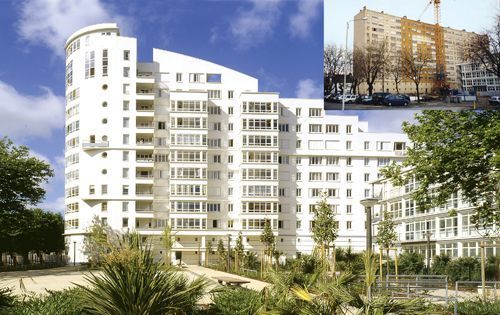Car parks will be hidden under the ground, while squares and playgrounds will be added to the estates. The shape of the buildings will be changed by adding balconies and loggias; some rooms will also be extended, and various options for joining apartments together will be introduced – these are just some of the ideas conceived by engineers from the Kraków University of Technology for the remodelling of the pre-fab estates in Kraków built during the communist era. The concept, which will make it possible to determine which changes are feasible from the technical point of view, so far concerns only the Ruczaj-Zaborze housing estate, i.e. fourteen buildings. However, the scheme could be extended to blocks all over the city, or even across the country. “We want to increase the awareness of a problem that will concern all of us soon because these buildings will soon start to age to the extent that they will have to be renovated. And we are not pointing out how to solve some of































































